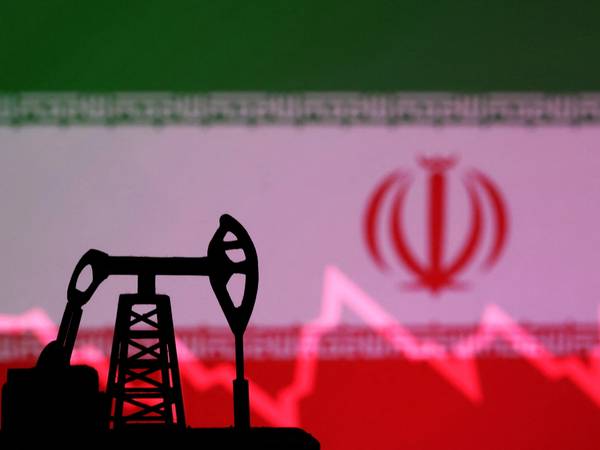Iran’s oil production should increase from 3.4 million barrels per day to 3.6 million by the end of the Iranian year on March 20, Oil Minister Javad Owji said on Tuesday.
"We aim to reach 4 million barrels per day of oil production for next year," Fars news affiliated with the Revolutionary Guard cited Owji as saying, referring to the next Iranian year starting March 20, 2024.
Iran has increased its daily crude exports to around 1.5 million barrels this year, but a substantial part of the shipments came from stockpiled oil on tankers and ground facilities. These stocks have dwindled and if Iran wants to keep up the pace of exports, it has to increase production.
A regional oil expert told Iran International that in mid-2022, Tehran had a stockpile of 115 million barrels, but it sold most of the oil and now has 27 million barrels left, barely enough to sustain one month of exports.
China is the main buyer, despite full US sanctions imposed on Iranian oil exports in May 2019. Initially, Iran’s shipments dropped significantly to around 300,000 barrels per day, but after the Biden administration launched indirect talks with Tehran to revive the JCPOA nuclear deal, Chinese purchases increased. Many believe that the United States has been soft on cracking down, in order not to jeopardize chances for a nuclear deal.
The oil minister praised the current government for making substantial investments in the oil and gas sectors. He stated that 132 projects have been completed at a cost of $28.5 billion and there are 50 other planned projects that will cost $47.5 billion.
These numbers seem to be too high given Iran’s financial crisis, with the national currency near its all-time lows at 500,000 per US dollar and inflation surpassing 50 percent. If the government is investing its windfall revenues from increased oil exports back into the oil industry, it could be considered a great planning. However, no one knows how much Iran earns from its oil exports, as it is categorized as a national security matter.
However, Owji’s pledge to boost production faces its own challenges. Iran has a serious shortage of natural gas, despite holding the world’s second biggest reserves. The government is juggling between ever-increasing domestic consumer and commercial demand and its need for power generation, exports and using needed gas for oil production.
To prevent a rapid decline in production, Iran needs to re-inject nearly 300 million cubic meters of gas per day (mcm/d) into its old oil deposits. However, the latest available official data reveals that the actual daily gas re-injection in 2018 was less than 37 million cubic meters. The situation must have deteriorated even further in the past five years, as gas production rapidly declines. Its daily production hardly reaches 800 mcm.
In addition, advanced foreign technology is needed, which is very difficult to secure amid US sanctions. The lack of technology hurts both gas and oil production. Even the Chinese and the Russians have not been wiling to render any significant assistance.
In the meantime, Iran’s economy minister revealed on Tuesday that the government is basing next year’s budget on daily exports of 1.35 million barrels per day, which is realistic. However, the price the government expects to get at 65 euros per barrel seems greatly optimistic. Given Iran’s current tight state of finances and shortages of foreign currencies, it is more likely that it offers steep discounts to buyers or loses money in the process of illicit oil shipments.
In previous years also the budget was based on rosy calculations and then faced huge deficits. At least half of the government’s operating budget comes from oil exports.
